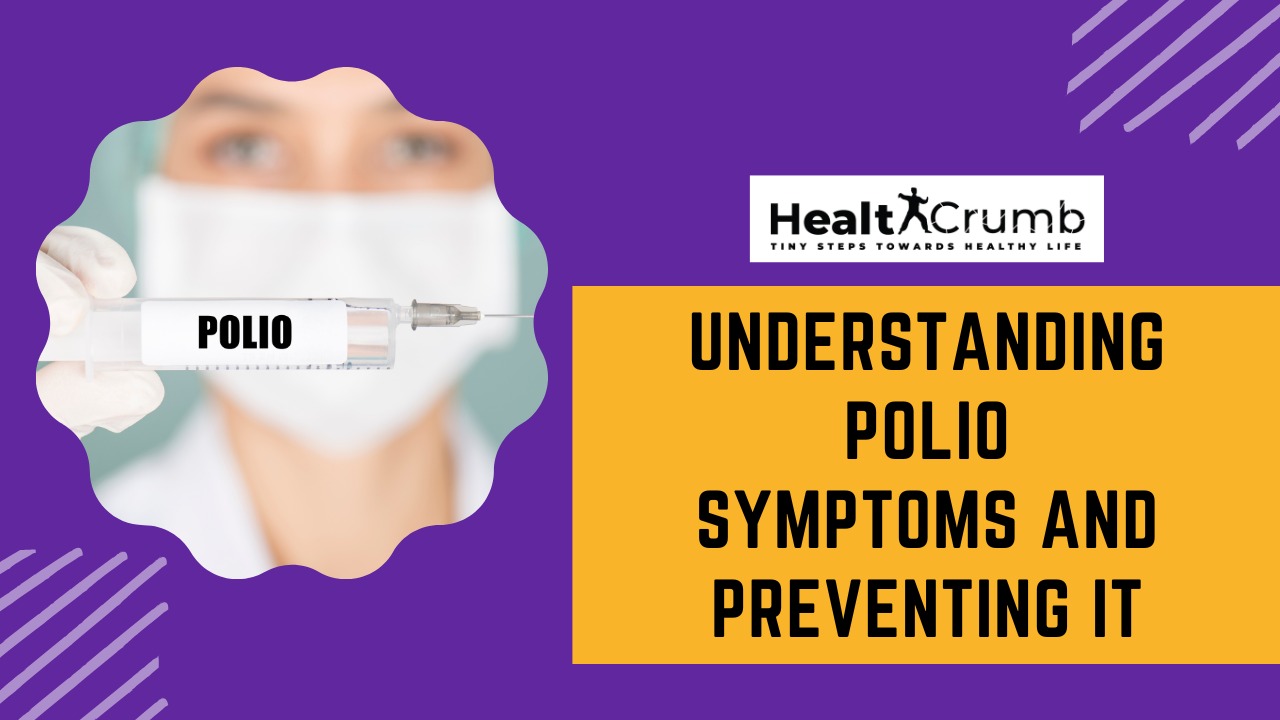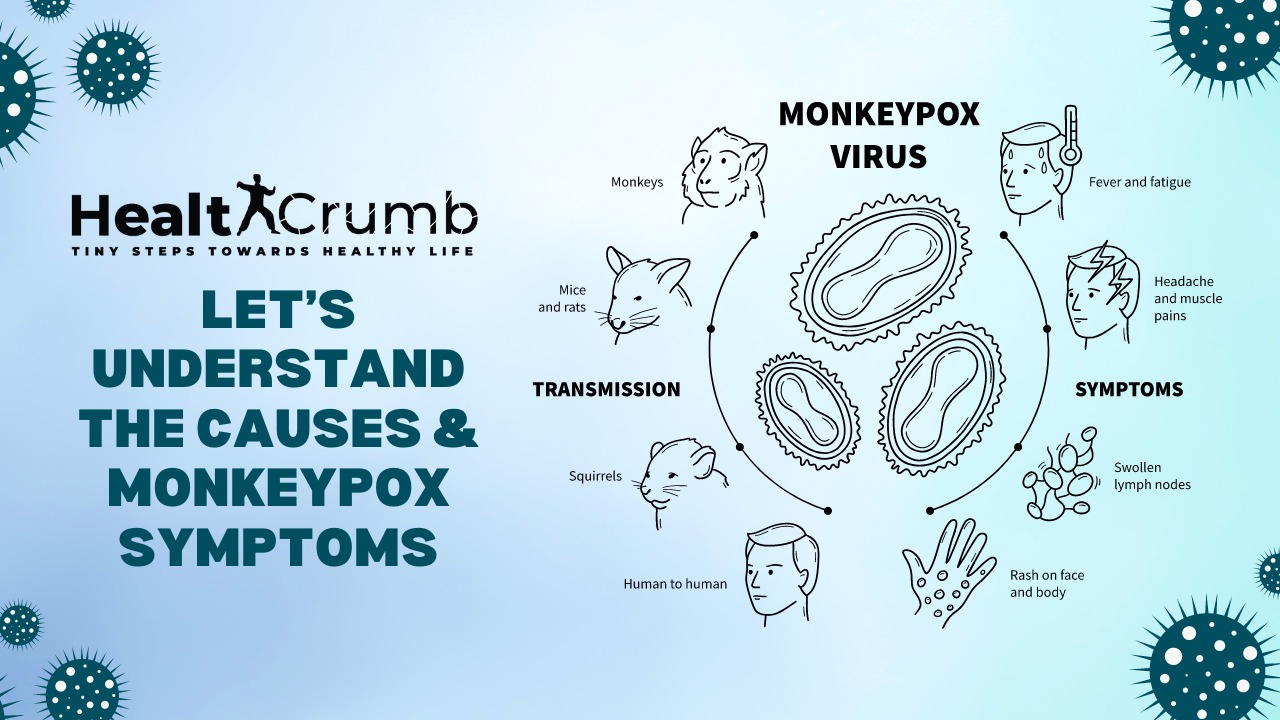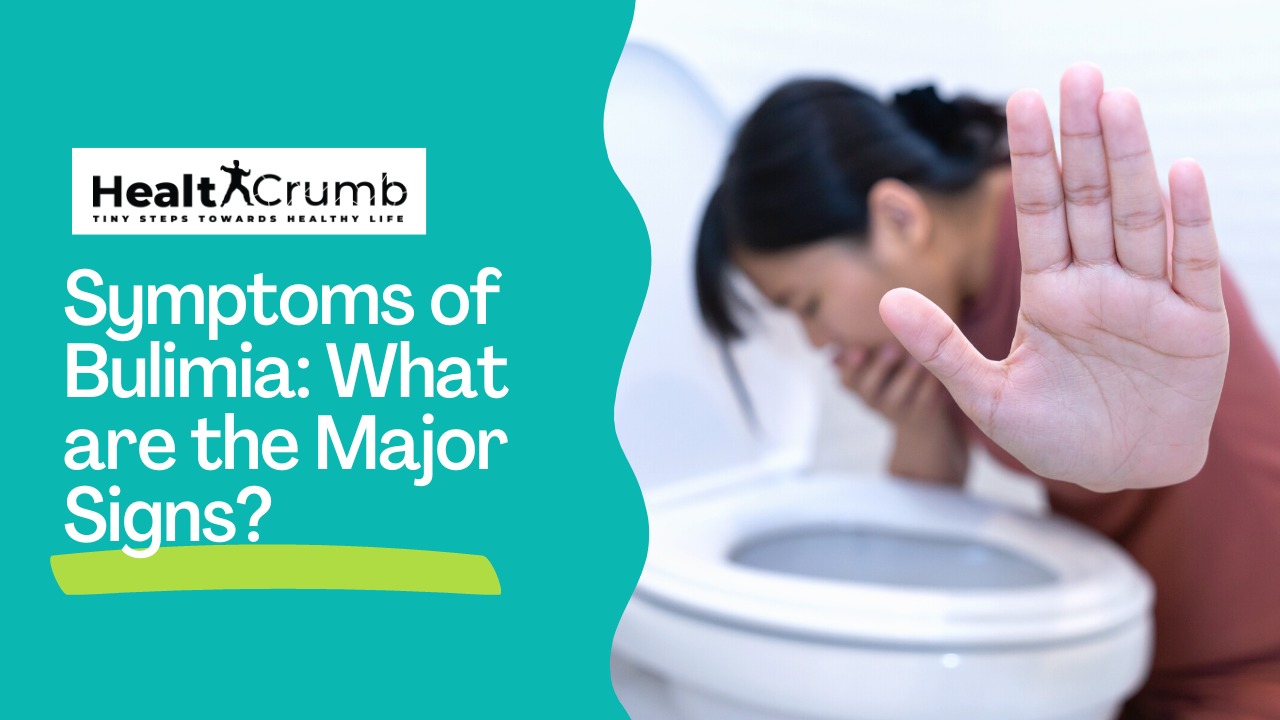Polio is a highly contagious virus that primarily affects young children. It can cause paralysis, and even death, in extreme cases. However, there are many things you can do to protect yourself and your family from this disease. In this article, we’ll explore the polio symptoms and how you can prevent it from spreading.
Polio is an ancient disease that can still strike down innocent children, causing paralysis and even death. Recently, however, there has been a significant decrease in cases of polio thanks to the implementation of vaccination programs and better hygiene practices.
But with climate change bringing new diseases into areas where polio is endemic, it’s important to keep up the fight against this deadly disease.
In this article, we’ll explore the types of polio, symptoms and how you can prevent it from spreading.
Types of Polio
Polio is a viral disease that can cause paralysis. There are three types of polio:
- Wild poliovirus type 1 (WPV1)
- Poliovirus type 2 (PV2), and
- Poliovirus type 3 (PV3)
1. WPV1 is the most common form of polio. It is spread through contact with respiratory secretions, such as saliva, mucus, or blood from an infected person. Symptoms usually start one to three weeks after exposure and may include fever, headache, neck stiffness, and sore throat. The virus can be spread through contact with contaminated surfaces, such as doorknobs, door handles, or countertops.
2. PV2 is less common than WPV1 and is spread through contact with respiratory secretions from an infected person or through contact with environmental surfaces that have been contaminated with fecal material from an infected person.
Polio symptoms usually start four to 10 days after exposure and may include fever, malaise (a general feeling of illness), neck stiffness, headache, and sore throat. The virus can be spread through contact with contaminated surfaces, such as doorknobs, door handles, or countertops.
3. PV3 is the rarest form of polio and is spread through contact with respiratory secretions from an infected person or through contact with environmental surfaces that have been contaminated with blood or other body fluids from an infected person. Symptoms usually start four to 10 days after exposure and may include fever, malaise (a general feeling of illness), neck stiffness, headache, and sore throat. The virus can be spread through contact with contaminated surfaces, such as doorknobs, door handles, or countertops.
There is no cure for polio, but there are treatments available to help people who are infected recover. Treatment typically includes antibiotics to fight the infection and painkillers to relieve symptoms. People who are infected with polio should stay home from work or school for at least five days after their symptoms start to improve so that they do not spread the disease to others.
What are polio symptoms?
Polio symptoms can vary depending on the person, but they generally include fever, fatigue, vomiting, diarrhea, and headache. It is a highly contagious viral illness that can be fatal. It most commonly spreads through contact with respiratory secretions, such as saliva or mucus from the mouth, nose, or throat of an infected person. Polio can also be spread through contact with contaminated objects or surfaces.
This viral disease can cause paralysis in young children. The symptoms of polio can vary, but they usually include a fever, a sore throat, and a headache. Some people may also experience vomiting, diarrhea, or a rash.
Polio symptoms can vary from person to person, but they generally include:
- Fever
- Cough
- Sore throat
- Straining to urinate
- Muscle pain or weakness
In rare cases, people may also develop a rash. The most common symptom of polio is fever, which is usually the first sign that something is wrong. Other common symptoms include:
- Coughing up mucus or blood
- A rapid change in breathing rate, often called wheezing or dyspnea
- Swelling of the hands and feet (edema)
- Screaming or difficulty breathing (dyspnea) in young children
If left untreated, polio can lead to permanent paralysis.
There is no specific vaccine for polio, but there are several ways to prevent the disease. The most effective way for prevention is through vaccination; however, it is also important to be aware of the polio symptoms and take precautions if you think you may be infected. If you have questions about polio or would like more information on how to prevent it, please contact your doctor or public health officials.
How can polio be prevented?
There is no specific way to prevent poliovirus infection, but effective hygiene practices and prompt treatment with antibiotics if you are infected are key to preventing serious health complications.
Polio is a highly infectious viral disease that can be prevented by getting vaccinated. The best way to protect your family is to get the polio vaccine as early as possible in life. Polio vaccine is available in many countries and provides protection against both wild poliovirus and three types of vaccine-derived poliovirus (VDPs).
The first dose of vaccine is given when a child is around six months old and the second dose is given between four and six years old. It’s important to get the two doses as soon as possible so that your child has the most effective protection against this deadly disease.
The Centers for Disease Control and Prevention recommends that all children receive the polio vaccine at least once in their lifetime.
If you do get sick with polio, make sure to see your doctor as soon as possible. Treatment will depend on the severity of your symptoms. However, there are many ways to prevent polio from spreading.
The most important way to prevent polio is to get vaccinated. The Polio Vaccine Initiative (PVI) recommends that all children aged 1 year or older receive 3 doses of the oral polio vaccine (OPV). The first dose should be administered at age 6 months, the second dose at 12 months, and the final dose at 24 months. Despite these recommendations, however, vaccination rates remain low in many parts of the world.
Another important way to prevent polio is to clean and disinfect surfaces where people may come into contact with the virus, such as during public gatherings or while traveling. Infected individuals can spread the virus through coughs and sneezes.
There are still some cases of polio being diagnosed in countries where the virus has been eradicated, but it’s important to continue working to prevent its spread. By following these simple tips, we can help keep polio out of our communities for good.
Prevention Tips for Polio Disease
There is no vaccine or cure for polio, but there are ways to prevent the disease from spreading. It is important to understand the polio symptoms, so you can prevent it from spreading. Polio can easily be prevented with proper hygiene and vaccination. Here are some tips to help keep you and your family healthy:
- Wash your hands often, especially after playing in the dirt or before handling food.
- Avoid close contact with people who are sick or have a fever.
- Stay up to date on your vaccination schedule by visiting your doctor or local health department.
- Stay up to date on updates about polio and vaccination recommendations.
- Ensure that all children are vaccinated against polio. The best way to protect yourself and your family is to get vaccinated yourself.
- Avoid swimming in pools or lakes where there is no disinfectant present. Use safe water sources such as a bathtub or sink.
- Keep your home clean and free of clutter that could serve as a hiding place for wild animals, which can spread the disease.
- Report any suspicious outbreaks to health officials.
- Support global efforts to eradicate polio.
Conclusion
The polio symptoms can vary from person to person, but they typically include fever, a general feeling of illness, and muscle pain. In some cases, the person may also experience a sore throat and a headache.
There are a number of ways to protect yourself and your family from polio. The most important thing you can do is get vaccinated. Other measures you can take include washing your hands often, avoiding contact with people who are sick, and keeping your home clean. If you think someone in your family may be infected with polio, please don’t hesitate to seek medical help.
Although it has been largely eradicated, polio is still a problem in some parts of the world. As part of our effort to prevent polio and protect the public, it is important for people to understand the symptoms and how to prevent it. I hope this article has helped you learn more about polio and why it is important to be aware of its symptoms.
If you have any questions or would like more information on polio, please don’t hesitate to contact your health care provider or visit the Centers for Disease Control and Prevention website for more information.
Polio is a highly contagious disease that can cause serious health problems if it’s not prevented. This article aims to give you an understanding of the polio symptoms so that you can be proactive in preventing it from happening to you and your loved ones. By being aware of the signs and symptoms, you can help keep yourself and those around you safe from this potentially deadly virus.



